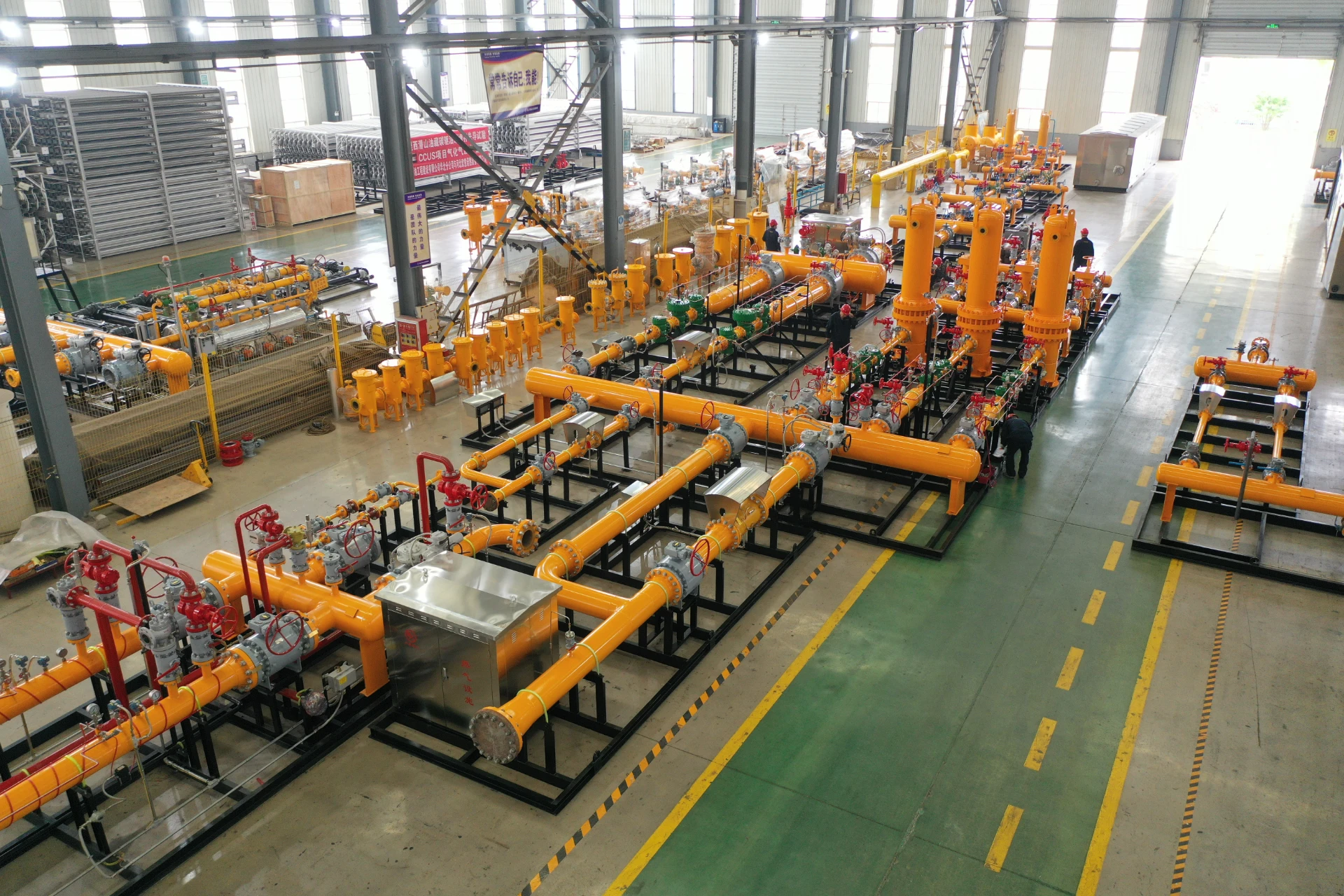
Dec . 05, 2024 05:01
Back to list
Understanding the Functionality of Gas Pressure Regulators for Safe Operation
Understanding Gas Regulators An Essential Component for Safety and Efficiency
Gas regulators are critical components in various industries that utilize gaseous fuels, from residential heating systems to large-scale industrial applications. Their primary function is to control the pressure of gas flowing from a supply source, ensuring that it is delivered at a consistent and safe level for end-user consumption. A comprehensive understanding of gas regulators is essential for anyone working with gas-powered systems, as they not only enhance performance but also ensure safety and reliability.
What is a Gas Regulator?
A gas regulator is a mechanical device designed to reduce and stabilize the pressure of gas coming from a high-pressure source, like a gas cylinder or pipeline, to a lower, more manageable level suitable for use in appliances or industrial processes. The necessity for regulation arises because gas distribution systems typically operate at high pressure, which can be dangerous if not controlled properly. Gas regulators come in various forms and sizes, tailored to the specific needs of different systems.
How Does a Gas Regulator Work?
At its core, a gas regulator operates on a simple principle of balanced pressure
. It consists of a diaphragm that responds to changes in pressure, with a spring mechanism that facilitates the adjustment of the flow rate. When gas enters the regulator, the diaphragm moves in response to the pressure exerted by the incoming gas. If the pressure is too high, the diaphragm closes, thereby limiting the gas flow and bringing the pressure down. Conversely, if the downstream pressure drops, the diaphragm opens up to allow more gas to flow through.This feedback mechanism ensures that the output pressure remains within the desired range, which is vital for the safe and efficient operation of appliances like heaters, stoves, and boilers. Regulators may also include safety features such as overpressure relief valves, ensuring that if the pressure exceeds a predetermined level, the excess gas is safely vented away.
Types of Gas Regulators
There are several types of gas regulators, each designed for specific applications. The most common types include
gas regulator

1. Single-Stage Regulators These are typically used for low-pressure applications and offer a simple and inexpensive solution for basic pressure regulation. They are suitable for domestic appliances where pressure fluctuations are minimal.
2. Two-Stage Regulators These are used when precise control over a wider range of inlet pressures is required. The first stage reduces the high pressure from the supply source to an intermediate pressure, while the second stage further reduces it to the desired delivery pressure. Two-stage regulators provide more stable output pressure and are commonly used in industrial applications.
3. Automatic Regulators These sophisticated devices adjust the output pressure automatically based on demand. They are particularly beneficial for systems with fluctuating gas usage, such as in large commercial kitchens or manufacturing processes.
The Importance of Gas Regulators
Gas regulators play a crucial role not only in maximizing efficiency but also in ensuring safety. Unregulated gas flow can lead to dangerous situations, including leaks, explosions, or appliance malfunction. By maintaining a stable pressure, gas regulators prevent these potentially catastrophic outcomes.
Moreover, the use of gas regulators can enhance the performance of appliances. For instance, a properly regulated gas supply ensures that burners ignite consistently and operate at optimal efficiency, reducing energy waste and lowering utility bills.
Conclusion
In conclusion, gas regulators are indispensable devices that ensure the safe and efficient use of gaseous fuels across various applications. Understanding how they work, the different types available, and their importance in gas systems can help users operate their appliances safely and effectively. Regular maintenance and inspection of gas regulators are equally crucial to ensure they function properly, safeguarding against potential hazards while enhancing overall system performance. Whether in a home or industrial setting, gas regulators are key to harnessing the benefits of gas safely and efficiently.
Latest news
-
Safety Valve Spring-Loaded Design Overpressure ProtectionNewsJul.25,2025
-
Precision Voltage Regulator AC5 Accuracy Grade PerformanceNewsJul.25,2025
-
Natural Gas Pressure Regulating Skid Industrial Pipeline ApplicationsNewsJul.25,2025
-
Natural Gas Filter Stainless Steel Mesh Element DesignNewsJul.25,2025
-
Gas Pressure Regulator Valve Direct-Acting Spring-Loaded DesignNewsJul.25,2025
-
Decompression Equipment Multi-Stage Heat Exchange System DesignNewsJul.25,2025

